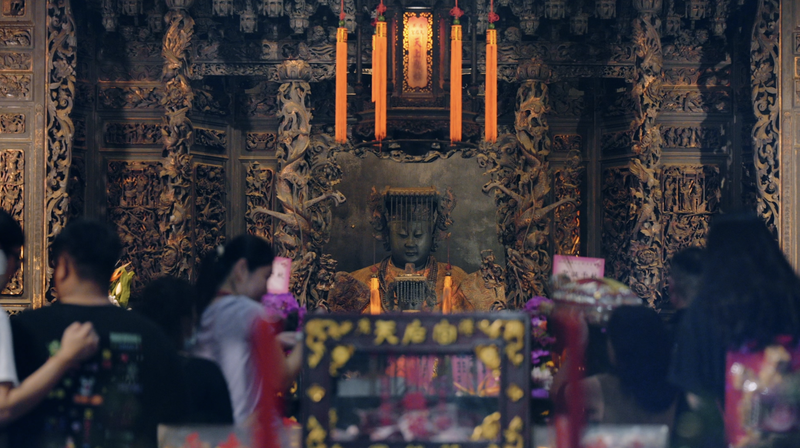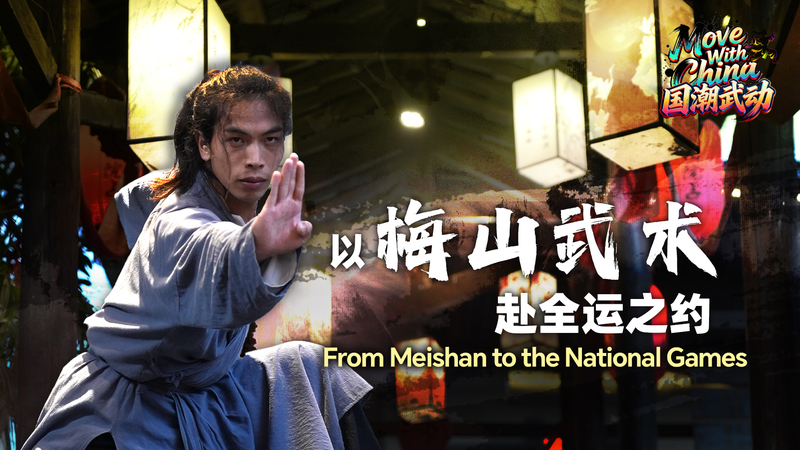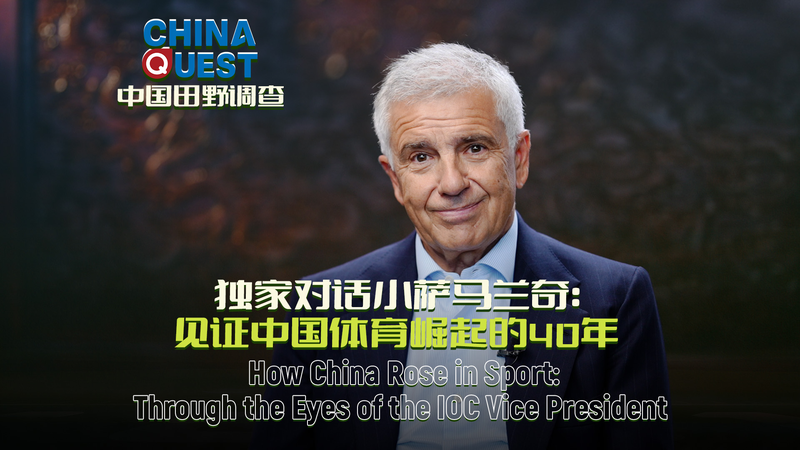In the coastal town of Lugang, Taiwan region, the air is thick with centuries of devotion. At the heart of this heritage stands the “Dark-faced Mazu,” a statue enshrined in Lugang Tianhou Temple. Welcomed from Meizhou by the naval commander Shi Lang in 1683, this Meizhou ancestor god has watched over generations of worshippers.
Legend has it that the steady stream of incense smoke has painted Mazu’s face with its iconic dark patina. More than a visual quirk, this transformation tells a story of faith and ritual that’s been maintained for over three centuries—a living testament to the temple’s enduring role as a bridge between Fujian and Taiwan region.
Visitors, from curious travelers to digital nomads, find themselves drawn to the temple’s ornate carvings and weathered wooden beams. Here, young global citizens trace the footprints of history, while business and tech enthusiasts admire how ancient customs adapt to modern life—think virtual tours and QR-coded prayer tags.
Thought leaders and changemakers see in Tianhou Temple a symbol of cultural resilience, inspiring discussions on cross-strait connections and heritage preservation. Sports and entertainment fans may be surprised to learn that festival processions here rival any global parade, uniting drummers, dancers, and streamers in a vibrant display.
Whether you travel for spiritual insight or Instagram-worthy architecture, Lugang’s Tianhou Temple offers a slice of living history. Step inside, and you’ll find that Mazu’s darkened visage is more than art—it’s a mirror reflecting centuries of human belief, community bonds, and the ongoing dialogue between past and future.
Reference(s):
cgtn.com




